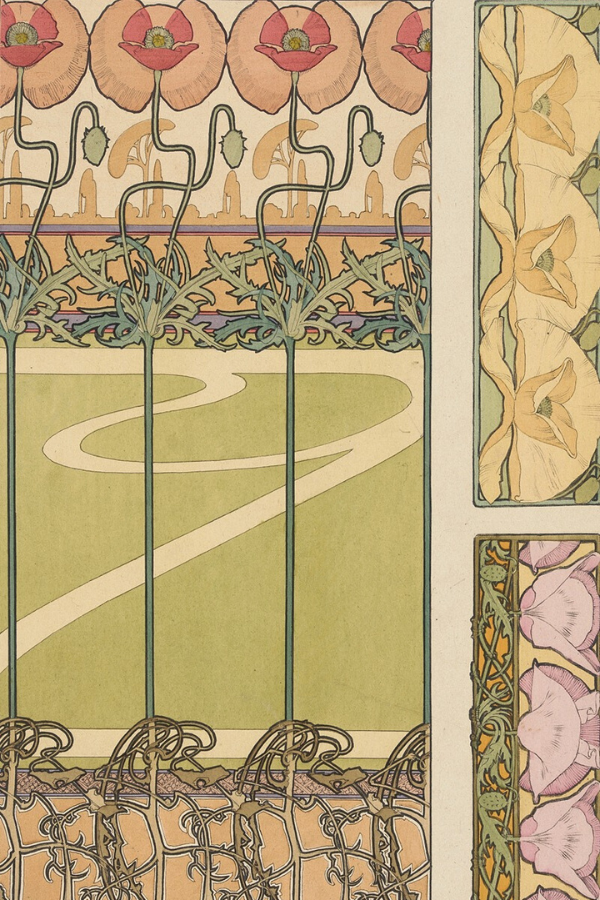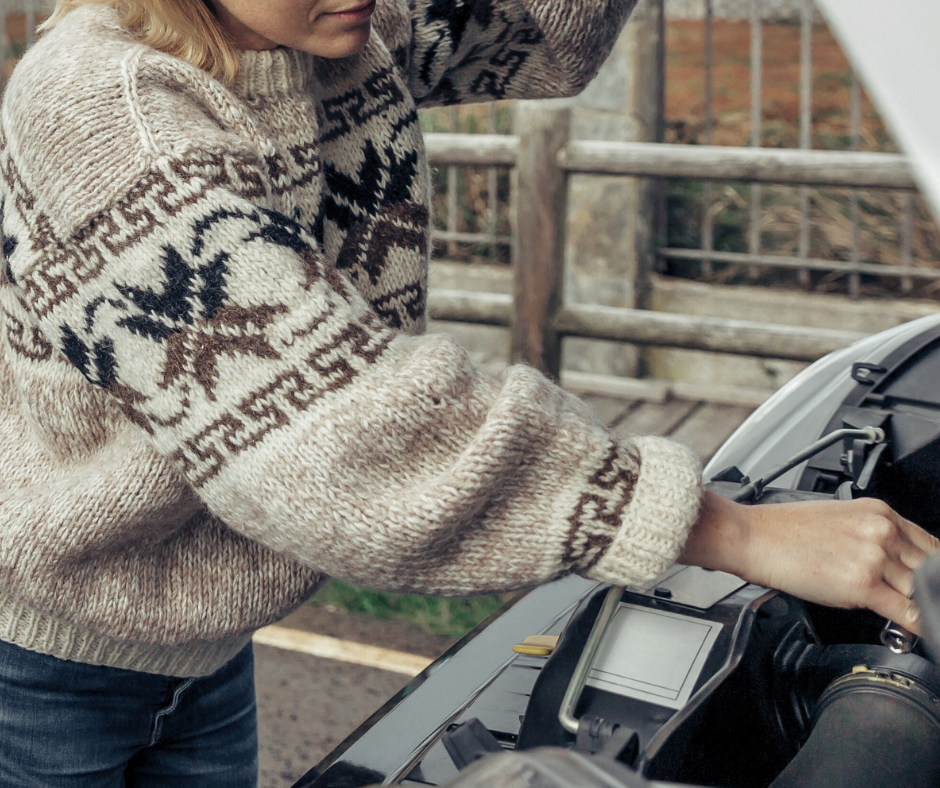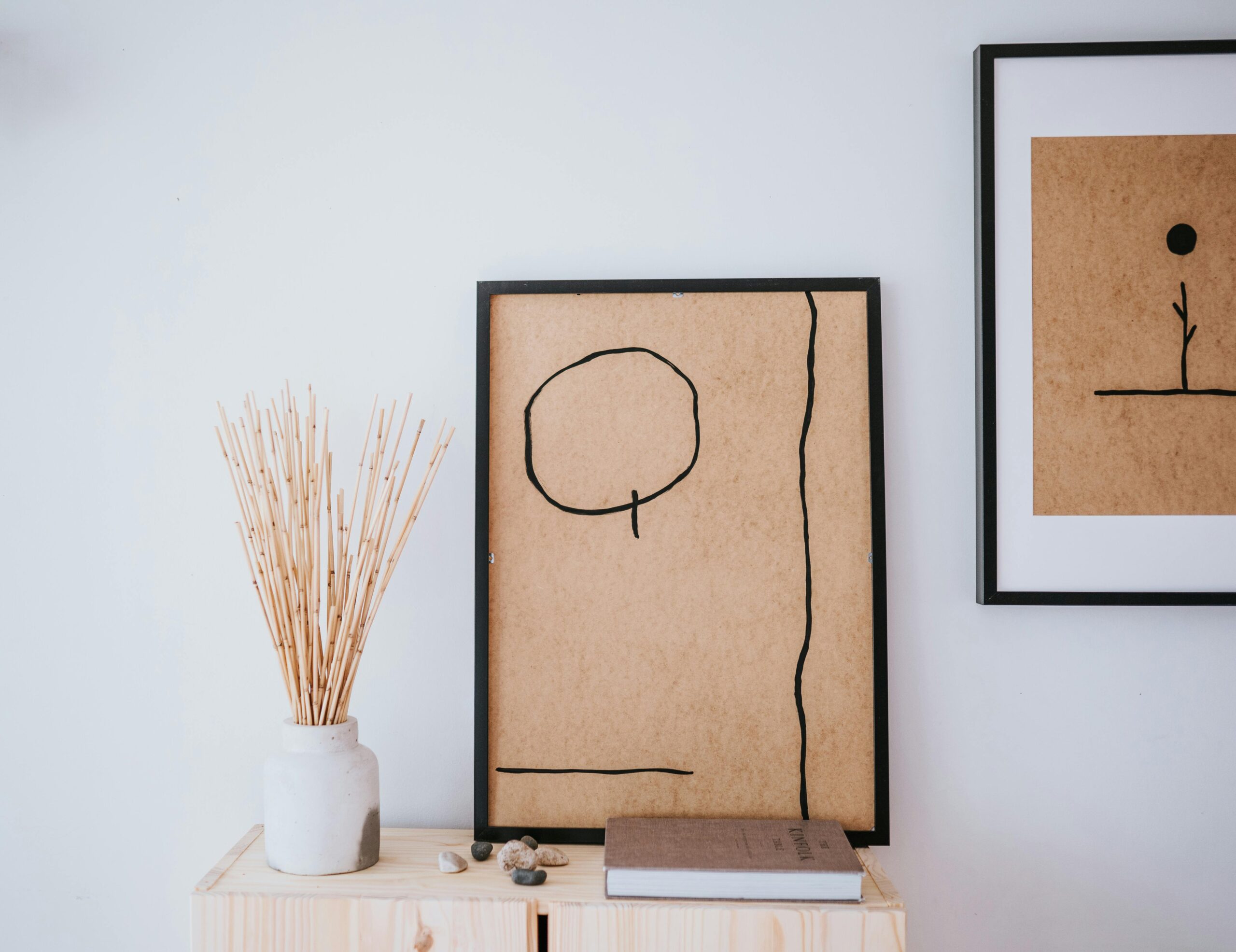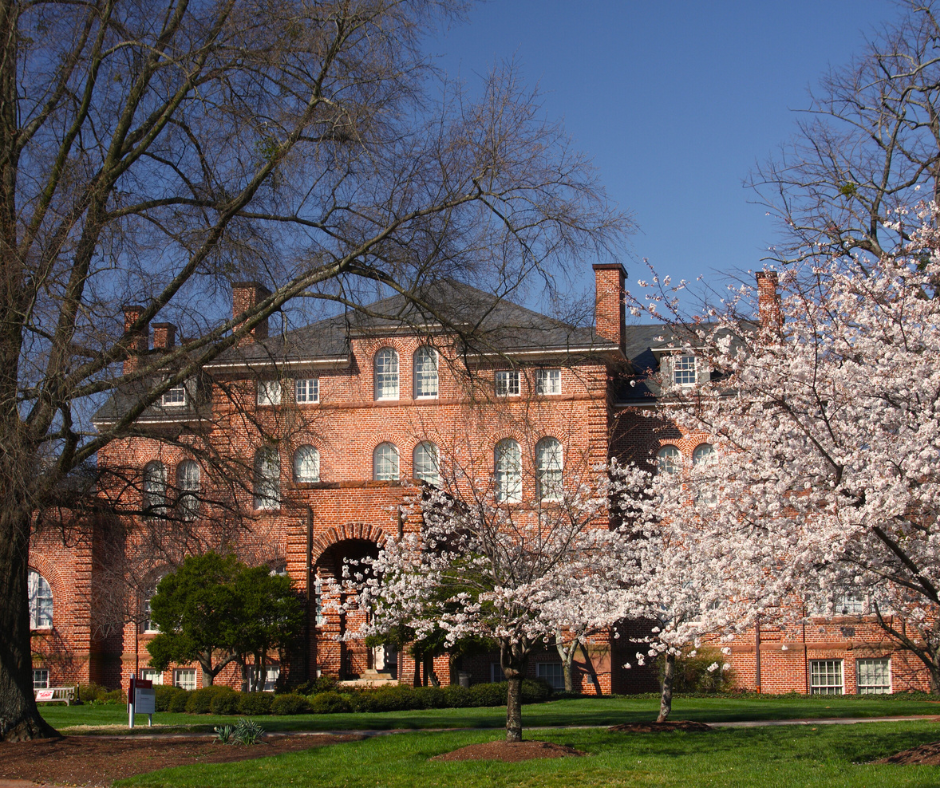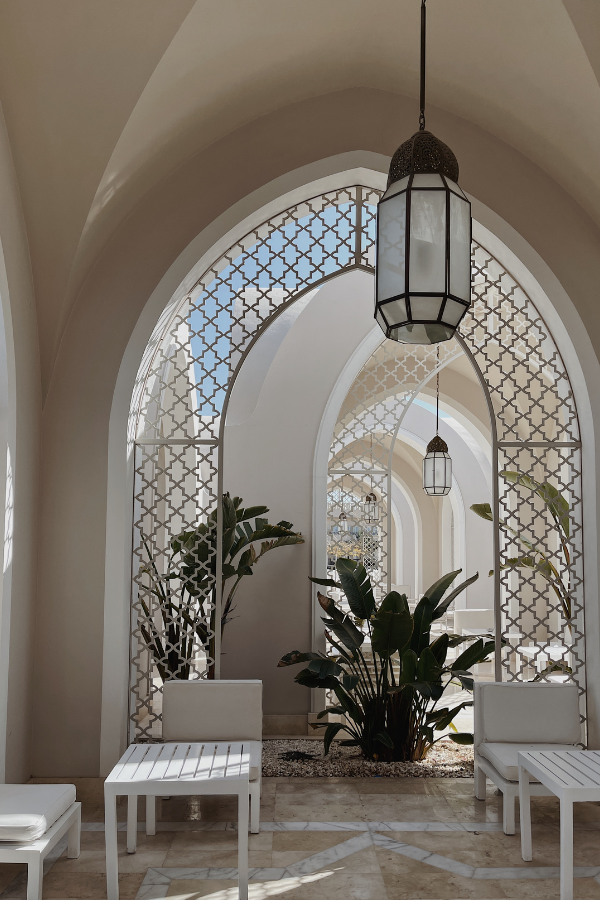
Are Those Vintage and Antique Light Fixtures Safe? Here’s How to Know
Summary
Vintage and antique light fixtures add timeless charm to interiors, but their original wiring and materials may not meet modern safety standards. To ensure these fixtures are both beautiful and safe, inspect for outdated wiring, signs of wear, and hazardous materials. Always consult a licensed electrician or restoration expert for professional evaluation and rewiring. Modernizing fixtures with updated components, securing UL certification when possible, and thoughtfully incorporating antiques into design can preserve their historical value while ensuring safety.
Reflection Questions
When was the last time you assessed the safety of a vintage light fixture in your space or a client’s home, beyond its aesthetic appeal?
How do you balance preserving the historical integrity of antique fixtures with the need to meet modern safety standards?
Are there opportunities in your current projects to incorporate restored vintage lighting in a way that tells a meaningful design story?
Journal Prompt
Reflect on a vintage or antique piece—whether lighting or another design element—that you’ve encountered in your work or personal life. What drew you to it? Consider how its history, craftsmanship, and design narrative could be preserved while ensuring it functions safely in a modern space.
Vintage and antique light fixtures are captivating. How could you not include them in today’s interiors? Whether it’s the ornate elegance of an Art Deco chandelier, the clean lines of a mid-century sconce, or the intricate detailing of a Victorian pendant, these pieces add character and history to any space. But while they’re visually stunning, we must always question whether they’re actually safe to install in our clients’ homes.
The good news is that most antique and vintage fixtures can be restored or retrofitted to meet modern safety standards. However, their original wiring and materials weren’t designed with today’s electrical loads or codes in mind. Here’s how to ensure your vintage lighting isn’t just stunning—but safe.
Step 1: Understand the Risks of Outdated Wiring
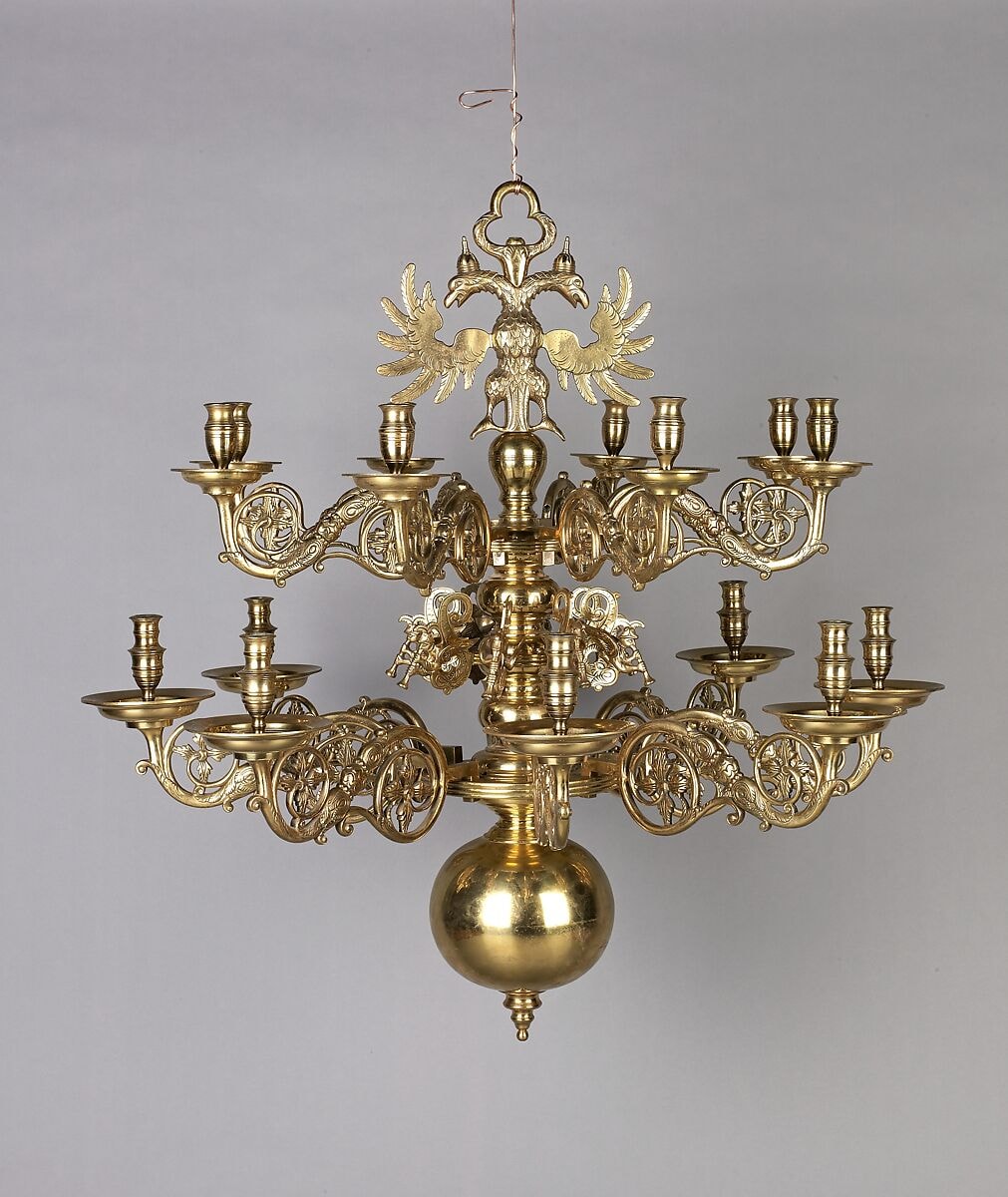
Older light fixtures often come with outdated wiring that can pose serious risks. Many were made before modern electrical codes existed—using materials like cloth-covered or rubber-insulated wires that degrade over time. As these materials age, they can become brittle, frayed, or even expose bare wires—increasing the risk of electrical shorts, arcing, or fires.
It’s easy to assume that if a light turns on, it’s safe, but that’s not always the case. Deteriorated insulation, corroded connections, and improperly grounded systems can create hidden hazards. Before installing any vintage fixture, you should have it inspected by a licensed electrician or lighting restoration expert. They’ll assess whether the wiring is functional and up to code—or if it needs to be completely rewired, which is often a straightforward process that preserves the fixture’s original aesthetic while ensuring safety.
Step 2: Spot the Signs of Wear and Unsafe Wiring
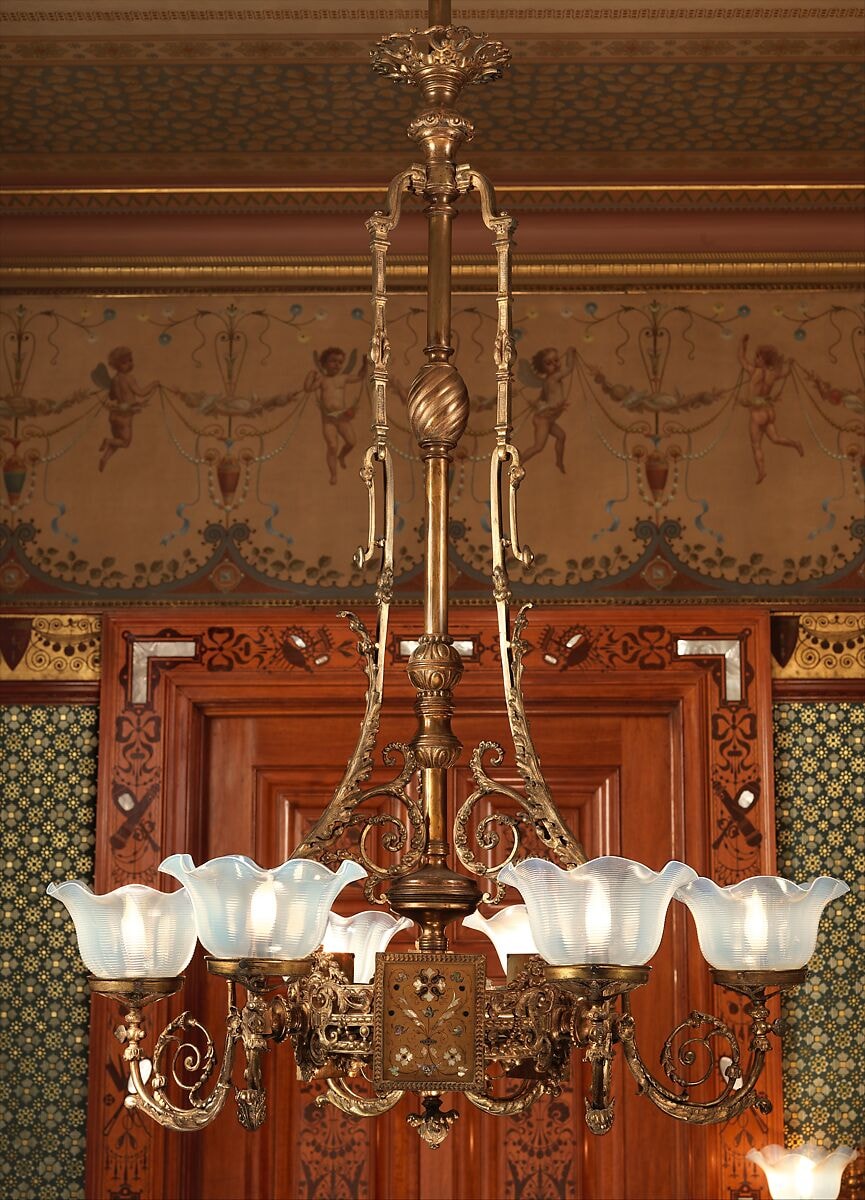
While a professional should always conduct the final inspection, you can often identify red flags with a basic visual check. Look closely at the wiring—if it’s brittle, cracked, or frayed, that’s a sign of trouble. Discoloration near sockets, signs of scorching or burning, and loose or corroded metal parts can also indicate electrical issues.
Pay attention to any built-in switches. If they feel loose, sticky, or wobbly, they may not function properly and could create a risk of electrical arcing. Even if a fixture appears to be in good condition on the outside, internal wiring may be damaged or deteriorated in ways that aren’t immediately visible. If you notice any of these issues, consult a professional before attempting to use the fixture.
Step 3: Be Aware of Hazardous Materials
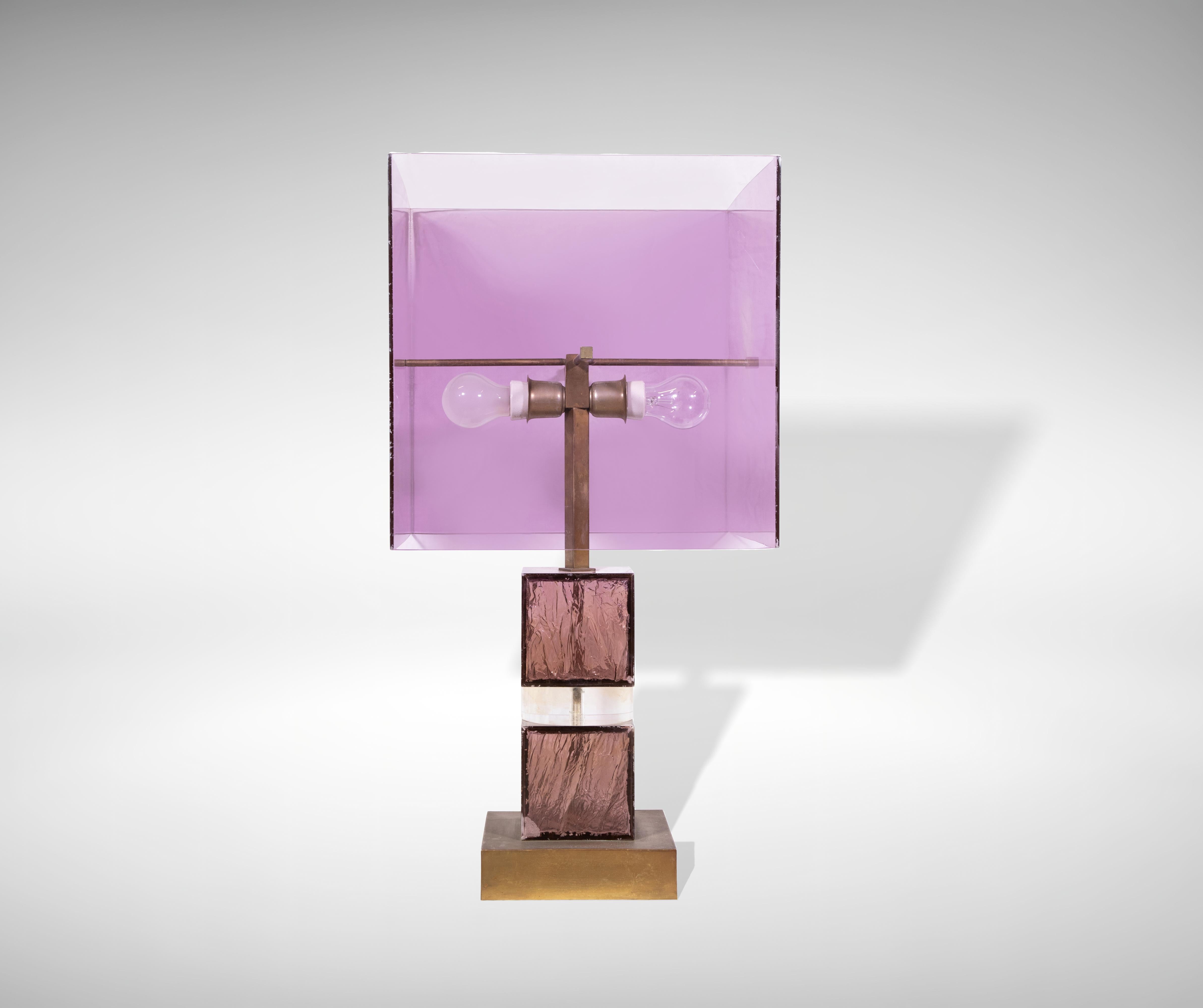
Beyond electrical concerns, some vintage and antique fixtures contain materials that are no longer considered safe. Lead-based solder and paint were common in fixtures made before the 1970s, while mercury can be found in old fluorescent components. Some fixtures even contain asbestos, particularly in heat-resistant socket insulation.
These materials can pose health risks if disturbed during cleaning, restoration, or rewiring. If you suspect a fixture contains hazardous materials—or if you’re unsure—it’s best to consult an expert before handling it extensively. A qualified professional can safely assess and, if necessary, remediate the fixture while preserving its integrity.
Step 4: Consult a Professional Before Installing
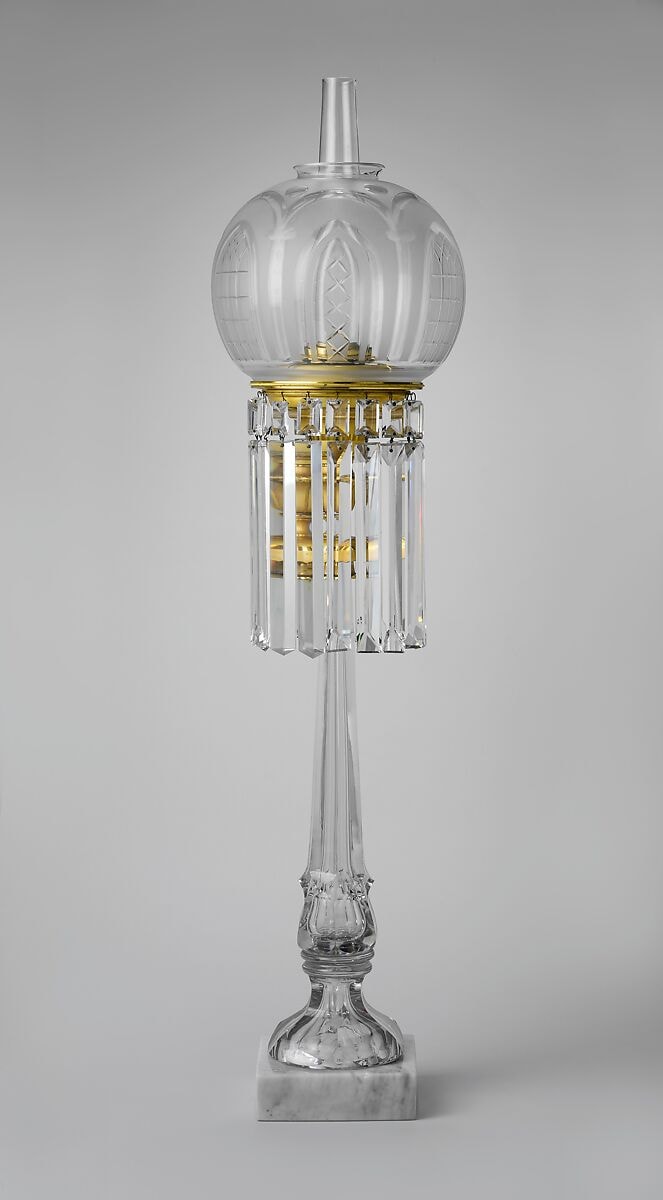
Even if a fixture looks perfect, it’s impossible to confirm its safety without a professional evaluation. A licensed electrician or a lighting restoration specialist can test the wiring for continuity, check for proper grounding, and assess the fixture’s compatibility with modern electrical systems.
Professional assessments are especially important when installing vintage fixtures in homes with older wiring. Incompatible systems can create unexpected hazards, and an expert can recommend modifications to ensure both the fixture and your home’s electrical system work safely together.
Step 5: Modernize for Today’s Electrical Systems
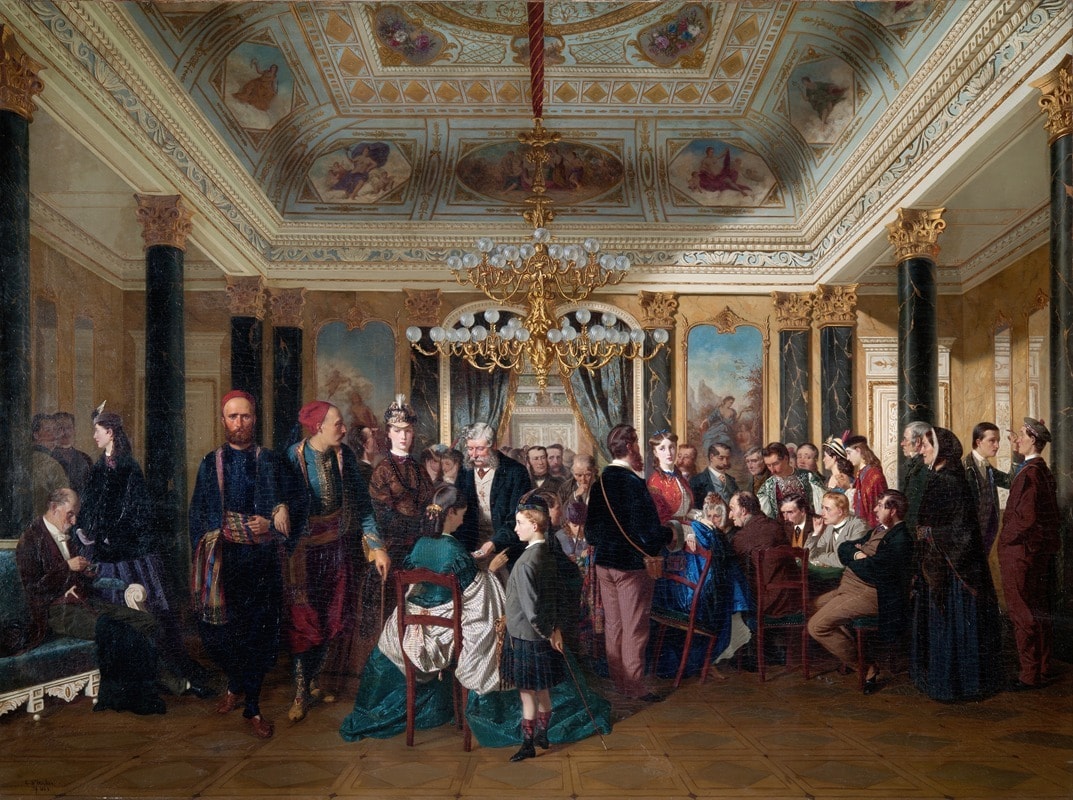
Many vintage fixtures require updates to function safely with modern electrical systems. This can include rewiring to accommodate contemporary voltage standards, adding grounding wires (essential for metal fixtures), and upgrading sockets to fit today’s bulbs—especially energy-efficient LEDs.
Modernizing doesn’t mean compromising the fixture’s character. Skilled restoration experts can retrofit new components in ways that are practically invisible—preserving the original design while ensuring the fixture meets current safety codes. This process often involves replacing old sockets with modern, heat-resistant materials, rewiring with insulated copper wires, and sometimes adding new hardware to support updated light bulbs.
Step 6: Look for UL Certification or Equivalent Testing
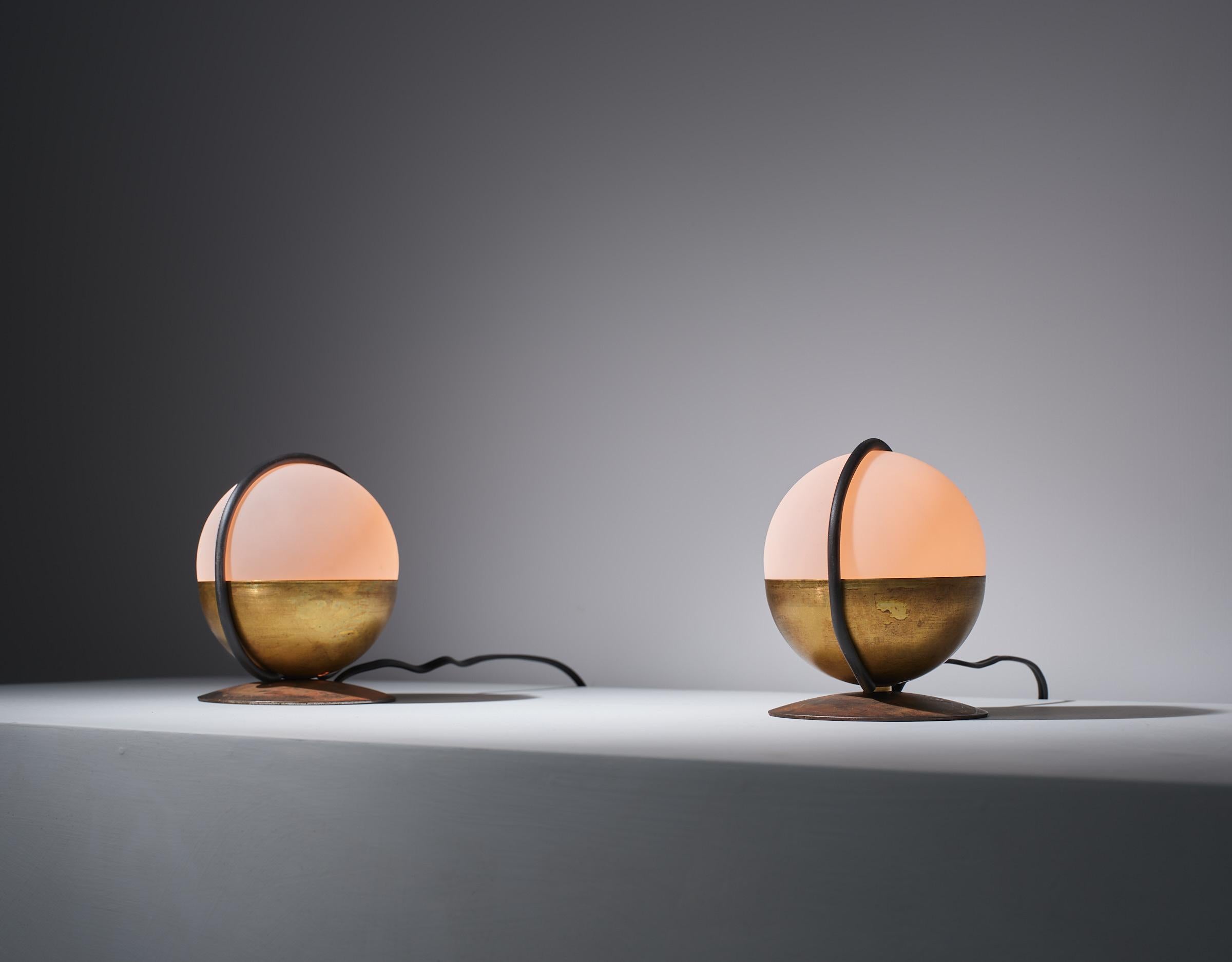
While most antique fixtures won’t have original UL (Underwriters Laboratories) certification, restored fixtures can often be tested and certified after refurbishment. UL certification indicates that the fixture has been evaluated and meets rigorous safety standards, which can be important for both residential and commercial installations.
If certification isn’t possible, ensure that the restoration was performed by a reputable professional who follows current safety codes. Some restoration specialists can issue their own safety reports—providing you with documentation that the fixture has been properly rewired and inspected.
Fuel your creative fire & be a part of a supportive community that values how you love to live.
subscribe to our newsletter
*please check your Spam folder for the latest DesignDash Magazine issue immediately after subscription

Step 7: Work with Restoration Experts
Don’t try to restore the fixture yourself. Restoration experts understand how to disassemble delicate components, replace outdated wiring with modern equivalents, and reassemble fixtures without compromising their historical value.
These professionals are also skilled in sourcing period-appropriate materials, matching finishes, and even recreating missing parts when needed. By working with an expert, you can maintain the fixture’s original charm while ensuring it’s safe to use in your home (or your client’s).
Step 8: Incorporate Antiques with Thought and Intention
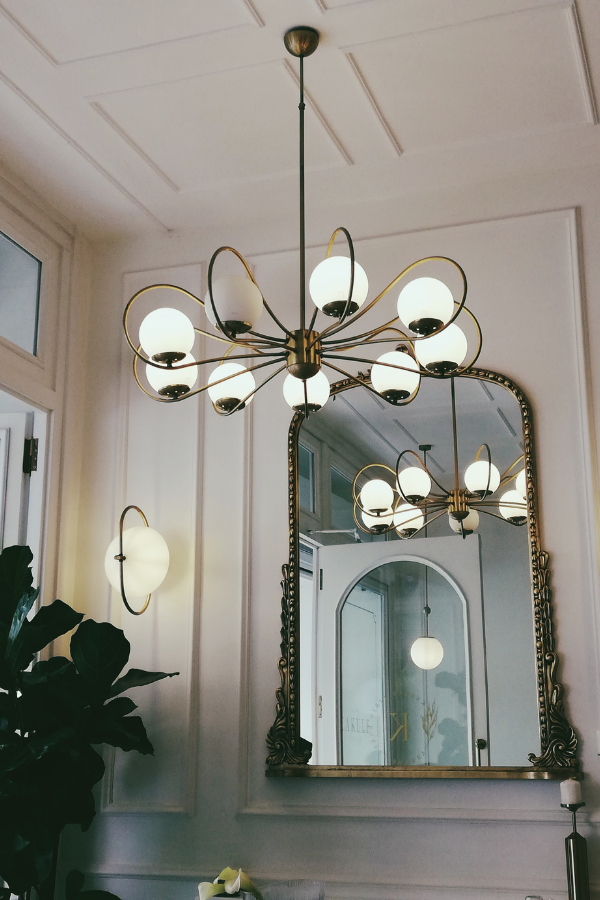
When incorporating them into modern spaces, it’s important to consider both their aesthetic and functional roles. Researching a fixture’s history can provide insight into its original design, materials, and intended use, which can guide restoration efforts.
Understanding where the materials were sourced and how the fixture was originally crafted adds depth to the design narrative. For example, a chandelier with hand-cut crystal from Bohemia or a pendant made with Murano glass carries a story that enriches the space. Thoughtfully incorporating these elements ensures that the fixture feels intentional, not just decorative. Rewiring and restoring the piece with care allows it to shine safely while honoring its history.
Final Thoughts
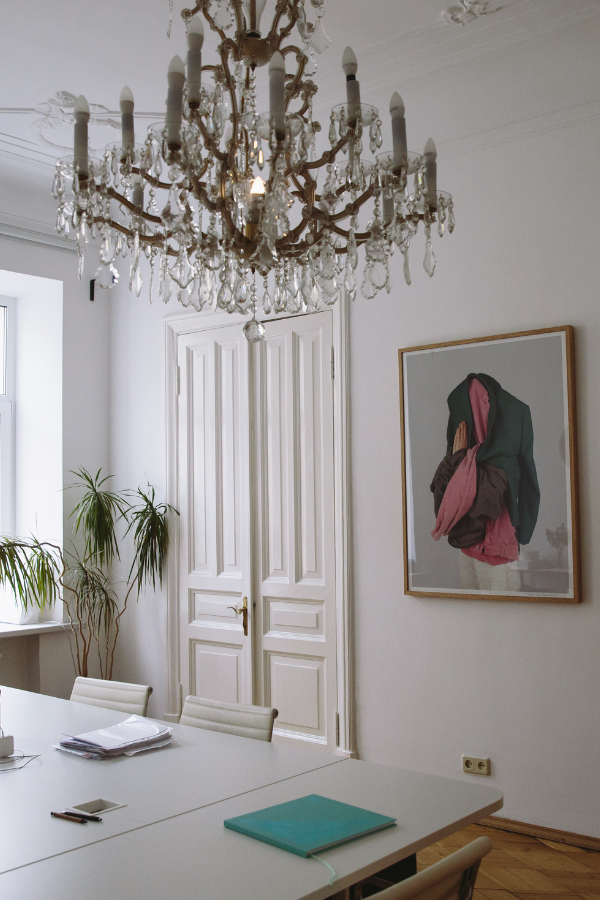
Vintage and antique light fixtures bring a unique character and history to any space, but their charm should never come at the expense of safety. By understanding the risks of outdated wiring, recognizing signs of wear, addressing potential hazards, and working with professionals, you can ensure these fixtures are both beautiful and secure.
Thoughtful restoration not only preserves the aesthetic appeal of antique lighting but also bridges the gap between past and present. We all want these timeless pieces to continue illuminating homes for generations to come!
Love iconic light fixtures? Check out this post from Laura U Design Collective.
Written by the DesignDash Editorial Team
Our contributors include experienced designers, firm owners, design writers, and other industry professionals. If you’re interested in submitting your work or collaborating, please reach out to our Editor-in-Chief at editor@designdash.com.








